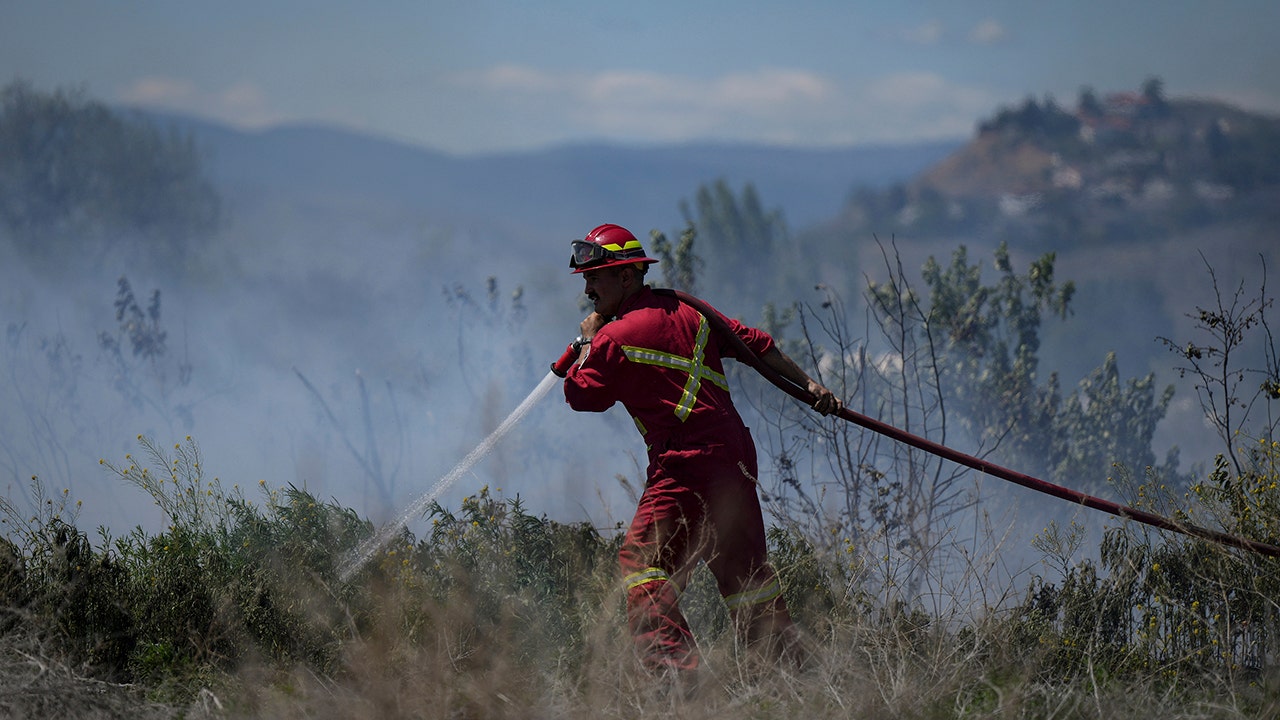Unhealthy air quality is currently plaguing the New England states, posing a particular risk to millions of Americans with pre-existing medical conditions. The cause of this deterioration is the surge in Canadian wildfires occurring in Quebec and northern Ontario, as reported by the Environmental Protection Agency (EPA) in a recent press release. The areas projected to exceed federal air quality standards for particle pollution on June 6th include Connecticut, Massachusetts, New Hampshire (central, south, and western parts), Rhode Island, and Vermont.
According to SOPFEU, a Canadian nonprofit focusing on fire prevention, Quebec has experienced 387 forest fires this year, almost double the 10-year average of 197. Satellite images indicate that toxic smoke originating from Chicago and Indianapolis has traveled as far as Cincinnati and Wisconsin, suggesting that people in Wisconsin to West Virginia were exposed to harmful air on Sunday.
Recent reports indicate that the air quality in the Northeast, including New York and the New York City area, has been classified as “unhealthy” due to smoke from the Canadian wildfires. As a result, air quality alerts have been issued for the entire Northeast, including the Big Apple. Local officials are advising New Yorkers to limit strenuous outdoor activities and urging those with respiratory difficulties to remain indoors.
While the New England region may continue to experience smoky conditions for the next few days, the exact locations may vary. The EPA recommends that individuals stay updated on the current air quality conditions by referring to the EPA New England’s Air Quality Index (AQI).
The EPA explains that wildfires lead to increased air pollution in the surrounding areas, thereby impacting regional air quality. This phenomenon is particularly prevalent in the Western United States, where larger and more intense wildfires have resulted in heightened smoke production and prolonged exposure to harmful air.
To shed light on the health risks associated with wildfire smoke and offer safety tips, Fox News Digital interviewed a lung expert and the EPA. Particle pollution, consisting of small solid and liquid particles in the air, poses a significant threat to human health. The American Lung Association emphasizes that such pollution can even shorten an individual’s lifespan. Wildfire smoke generates fine particulate matter (PM) with a diameter of 2.5 microns or smaller, which can deeply penetrate the lungs, warns Dr. Baljinder S. Sidhu. Research has indicated that cleaner air, resulting from reduced particle pollution, increases life expectancy by approximately four months on average, particularly in urban and densely populated areas.
These particles are often invisible, causing the air to appear opaque when their concentrations are high. Scientists classify the particles as coarse, fine, or ultrafine based on their sizes. Coarse particles measure between 2.5 microns and 10 microns in diameter, fine particles are 2.5 microns or smaller, and ultrafine particles are less than 0.1 micron in diameter.
Dr. Sidhu, a specialist in pulmonology and sleep disorders, advises that children, pregnant women, and the elderly are particularly vulnerable to smoke exposure. Recent research suggests that fine particles from wildfires are up to ten times more hazardous to human health compared to fine particles from other sources.
The EPA warns that exposure to wildfire smoke can lead to a range of health effects, from eye and respiratory tract irritation to more severe disorders such as reduced lung function, bronchitis, asthma exacerbation, heart failure, and premature death. Smoke emissions from wildfires have also been linked to increased hospital and clinic visits.
While the body’s natural defenses are capable of eliminating larger particles through coughing or sneezing, fine and ultrafine particles can get trapped in the lungs or enter the bloodstream. Regardless of their size, all particles can harm one’s health.
To mitigate exposure to smoke during such events, the EPA recommends reducing outdoor activities and opting for lower-intensity exercises. Dr. Sidhu advises people to stay indoors and keep windows closed on smokey days, maintaining cool and clean indoor air. The EPA emphasizes that wildfire smoke can cause rapid changes in air quality and encourages people to stay informed about current conditions and forecasts. Additionally, wearing an N95 mask can effectively filter out 95% of particles measuring 0.3 microns or larger. When driving, recirculating the air inside the vehicle and ensuring the cabin air filter is in good condition can help minimize exposure to smoke.
In conclusion, the deteriorating air quality caused by Canadian wildfires is putting millions of Americans, particularly those with underlying medical conditions, at risk in the New England states. To maintain safety, it is crucial to stay updated on air quality conditions, limit outdoor activities, and take preventive measures to minimize exposure to harmful smoke.
Denial of responsibility! VigourTimes is an automatic aggregator of Global media. In each content, the hyperlink to the primary source is specified. All trademarks belong to their rightful owners, and all materials to their authors. For any complaint, please reach us at – [email protected]. We will take necessary action within 24 hours.


